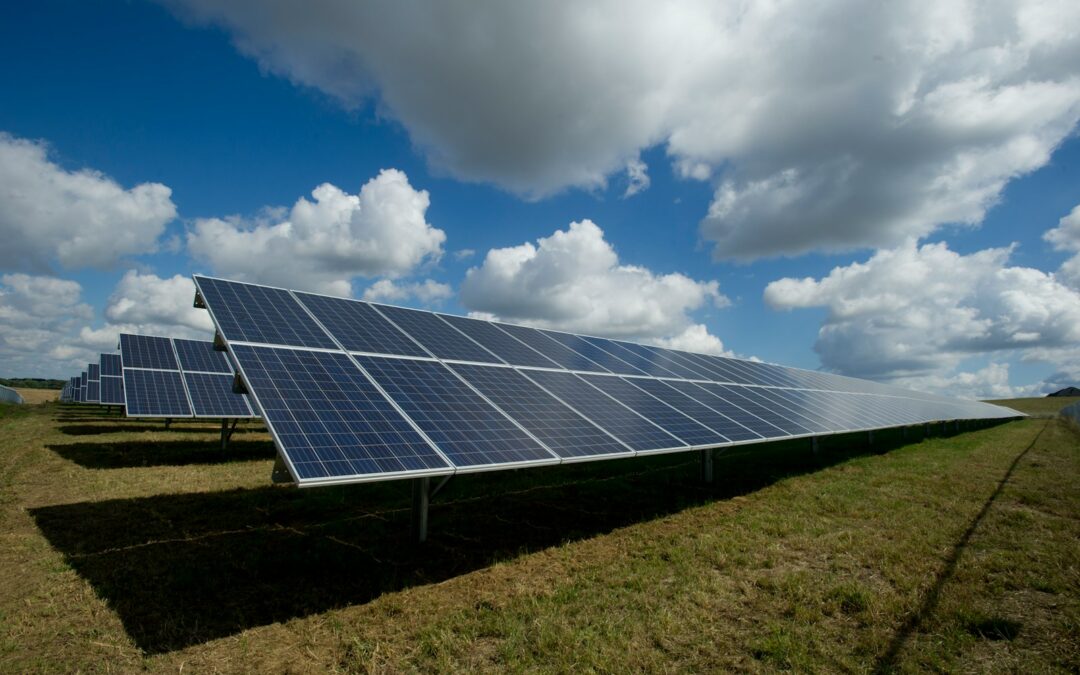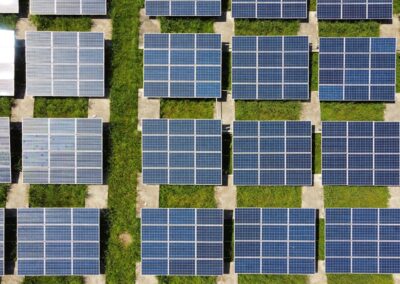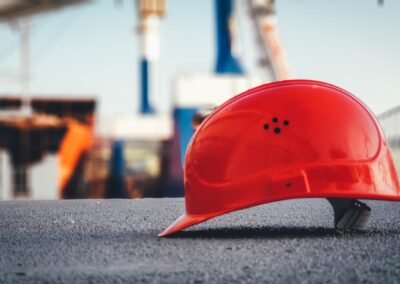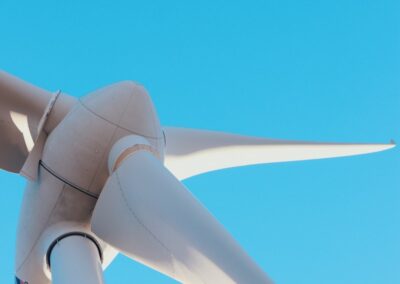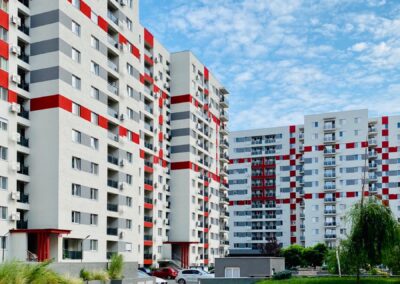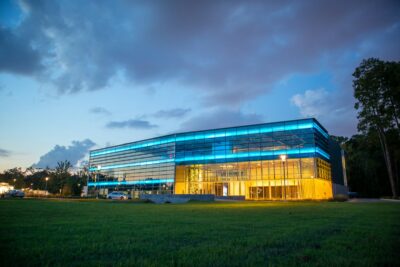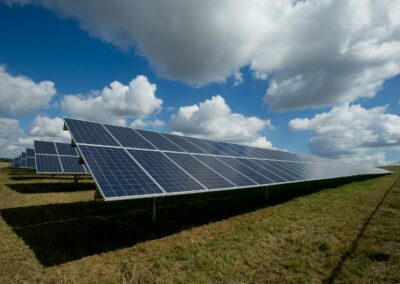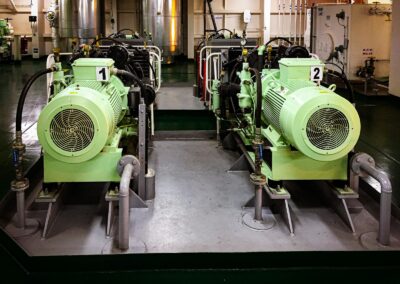Revolutionizing Building Management with Advanced Technology
The Emergence of Digital Twins in Building Management
Digital twins for energy-efficient buildings represent a groundbreaking advancement in modern technology, enabling precise monitoring and management of building performance. A digital twin is a virtual replica of a physical asset, system, or process that mirrors its real-world counterpart in real-time. By leveraging sensors and IoT devices, digital twins collect and analyze data continuously, providing actionable insights for optimizing energy efficiency and sustainability.
In rapidly developing regions like Saudi Arabia and the UAE, cities such as Riyadh and Dubai are at the forefront of adopting digital twin technology. These cities are investing heavily in smart infrastructure to enhance urban living standards and promote sustainable development. Digital twins play a critical role in this transformation, enabling building managers to monitor energy consumption, predict maintenance needs, and improve operational efficiency.
The integration of artificial intelligence (AI) with digital twins further amplifies their capabilities. AI algorithms analyze data from digital twins to identify patterns, forecast future performance, and suggest optimization strategies. This synergy of technologies not only enhances energy efficiency but also supports the broader goals of sustainability and resilience in urban development.
Optimizing Energy Efficiency through Real-Time Monitoring
One of the primary benefits of digital twins for energy-efficient buildings is their ability to provide real-time monitoring and analysis of energy usage. Traditional methods of managing energy consumption often rely on periodic audits and manual adjustments, which can be time-consuming and less effective. Digital twins, however, offer a dynamic approach by continuously collecting data from various building systems and components.
By integrating sensors throughout the building, digital twins capture data on temperature, humidity, lighting, occupancy, and equipment performance. This data is then processed and analyzed to provide a comprehensive view of the building’s energy profile. Building managers can access this information through user-friendly dashboards, enabling them to make informed decisions and implement energy-saving measures promptly.
For example, digital twins can identify areas where energy is being wasted, such as rooms with lights left on when unoccupied or HVAC systems running unnecessarily. By addressing these inefficiencies, building managers can reduce energy consumption and lower operational costs. Additionally, digital twins can simulate different scenarios to determine the most effective strategies for optimizing energy use, further enhancing building performance.
Enhancing Building Performance and Sustainability
The use of digital twins for energy-efficient buildings extends beyond real-time monitoring to encompass predictive maintenance and performance optimization. Predictive maintenance involves using data from digital twins to forecast potential equipment failures and schedule maintenance activities proactively. This approach minimizes downtime and extends the lifespan of building systems, contributing to overall sustainability.
Digital twins also enable the continuous optimization of building performance by adjusting operational parameters based on real-time data. For instance, AI algorithms can analyze data on weather conditions, occupancy patterns, and energy prices to optimize HVAC settings, lighting schedules, and other building systems. These adjustments ensure that the building operates at peak efficiency while maintaining comfort and safety for occupants.
Furthermore, digital twins support the integration of renewable energy sources, such as solar panels and wind turbines, into building designs. By monitoring and managing the performance of these systems, digital twins help maximize the use of renewable energy and reduce reliance on fossil fuels. This not only lowers energy costs but also aligns with the goals of sustainability and environmental stewardship.
Driving Innovation and Collaboration in Building Management
Supporting Smart Infrastructure and Urban Development
The adoption of digital twins for energy-efficient buildings is driving innovation and collaboration in the field of building management and urban development. As cities around the world, including Riyadh and Dubai, strive to become smarter and more sustainable, digital twins provide the necessary tools to achieve these objectives.
Smart infrastructure projects leverage digital twins to optimize the performance of critical systems, such as transportation networks, water supply, and waste management. By creating a digital replica of the entire city or specific infrastructure components, urban planners and managers can simulate different scenarios, assess potential impacts, and make data-driven decisions. This holistic approach ensures that urban development is both efficient and sustainable.
In addition to supporting smart infrastructure, digital twins foster collaboration among various stakeholders involved in building management. Architects, engineers, facility managers, and IT professionals can work together more effectively by sharing real-time data and insights from digital twins. This collaborative approach enhances the overall quality of building projects and promotes continuous improvement in energy efficiency and sustainability.
Ensuring Resilience and Adaptability in Building Operations
The integration of digital twins for energy-efficient buildings enhances the resilience and adaptability of building operations. In an era of rapid technological advancement and environmental change, buildings must be capable of adapting to new challenges and opportunities. Digital twins provide the flexibility and foresight needed to achieve this adaptability.
For example, digital twins can simulate the impact of extreme weather events, such as heatwaves or storms, on building performance. By analyzing these simulations, building managers can identify vulnerabilities and implement measures to enhance resilience. This proactive approach ensures that buildings can withstand and recover from adverse conditions, minimizing disruptions and protecting occupants.
Additionally, digital twins enable buildings to adapt to changing energy landscapes and regulatory requirements. As governments and organizations worldwide prioritize energy efficiency and sustainability, buildings must comply with evolving standards and guidelines. Digital twins facilitate this compliance by providing real-time data and insights that inform decision-making and support continuous improvement.
Conclusion
In conclusion, digital twins are transforming the field of building management by enabling precise monitoring, predictive maintenance, and performance optimization. The integration of digital twins with AI and other advanced technologies supports the goals of energy efficiency, sustainability, and resilience in urban development. As cities like Riyadh and Dubai continue to innovate and invest in smart infrastructure, digital twins will play a crucial role in shaping the future of building management and urban living.
—
#DigitalTwins #EnergyEfficiency #SmartBuildings #InfrastructureManagement #AIinConstruction #SaudiArabia #UAE #Riyadh #Dubai #ModernTechnology #ExecutiveCoaching #ProjectManagement #BusinessSuccess

